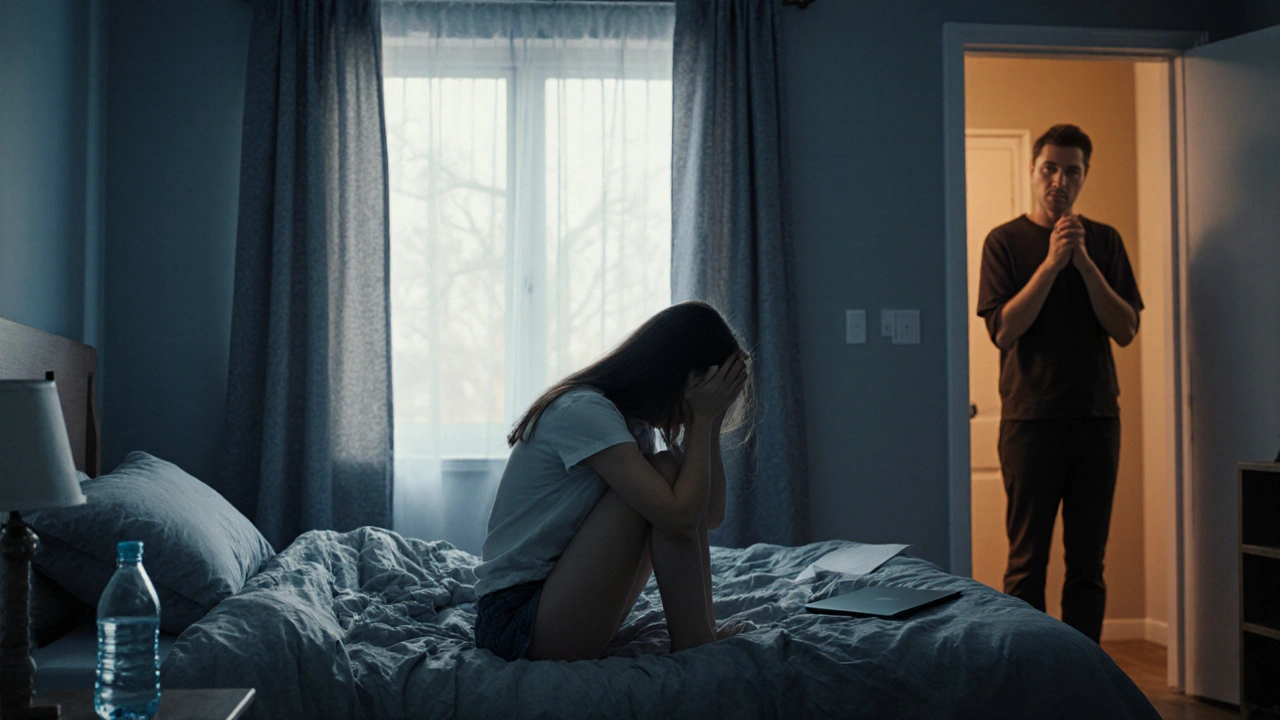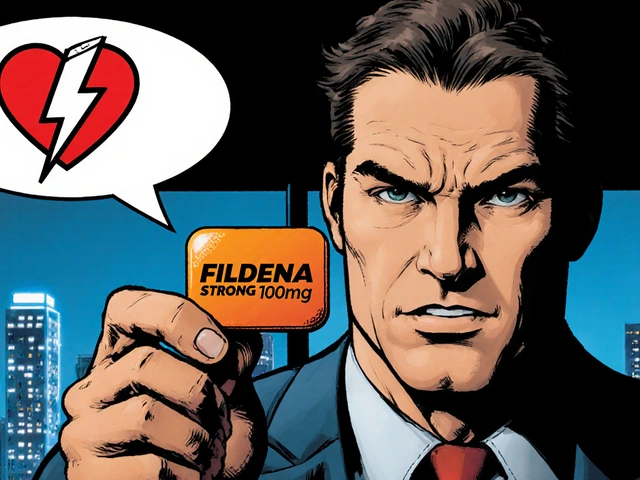Warning Signs of Depression – Spot Early Symptoms
When looking at warning signs depression, the early symptoms that may signal the start of a depressive episode. Also known as early depression indicators, these signs help you catch trouble before it deepens.
warning signs depression often sneak past us because they blend with everyday stress, fatigue, or a busy routine. Recognizing them early can prevent a full‑blown episode and give you a head start on recovery.
Common Early Indicators
Emotional shifts are the most visible clue. A persistent low mood that lasts more than two weeks, loss of pleasure in hobbies you once loved, or an unexplained sense of hopelessness are classic red flags. These feelings don’t just fade after a bad day; they linger and intensify.
Cognitive changes follow close behind. You might notice trouble concentrating, indecisiveness, or negative thoughts that spiral quickly. When you catch yourself replaying worst‑case scenarios nonstop, it’s a signal that the brain’s filtering system is stuck on a negative loop.
Physical symptoms often get ignored because they mimic other health issues. Chronic fatigue, sleep disturbances (either insomnia or oversleeping), unexplained aches, and changes in appetite are all part of the picture. If your body feels constantly drained even after rest, consider it a warning sign.
Behavioral patterns provide extra evidence. Social withdrawal, giving up on responsibilities, or turning to alcohol and other substances to “feel better” are coping mechanisms that mask deeper distress. Watching for sudden changes in routine can reveal what’s happening underneath.
Many of these signs overlap with anxiety, a feeling of worry that can coexist with depression. While anxiety often shows up as restlessness or a racing heart, it can also amplify depressive thoughts, creating a feedback loop that makes each condition harder to spot alone.
Another critical piece of the puzzle is suicide risk, the potential for self‑harm that rises when depression goes untreated. Thoughts of death, a sense of burden, or talking about “not being here” should never be brushed aside. They are urgent alarms that require immediate professional help.
All of these aspects fall under the broader umbrella of mental health, the overall state of emotional and psychological well‑being. When one area falters, it often drags the others down, creating a cascade of symptoms that affect every part of life.
So, what should you do if you notice these warning signs? First, talk to someone you trust—a friend, family member, or counselor. Second, consider a professional assessment; a clinician can confirm whether you’re dealing with depression, anxiety, or a mixed picture. Finally, explore evidence‑based treatments such as therapy, medication, lifestyle changes, and regular physical activity. Early action not only lightens the load but also improves long‑term outcomes.
Below you’ll find a curated set of articles that dive deeper into each of these warning signs, explain how they interrelate, and offer practical steps you can take right now to protect your mental health.

- Oct 2, 2025
- Posted by Cillian Osterfield
How to Spot Early Warning Signs of Depressive Disorder in Teens
Learn to identify early warning signs of depressive disorder in teens, differentiate from normal mood swings, and take actionable steps to get help.
Categories
- Health and Wellness (61)
- Medications (45)
- Health and Medicine (22)
- Pharmacy Services (11)
- Mental Health (5)
- Health and Career (2)
- Medical Research (2)
- Business and Finance (2)
- Health Information (2)
Latest Posts
©2025 heydoctor.su. All rights reserved





